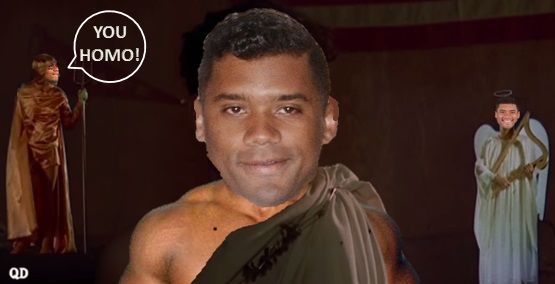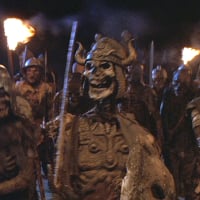Welcome to the Hardcore Husky Forums. Folks who are well-known in Cyberland and not that dumb.
God talks to Russell wilson
Comments
-
He's an annoying person and possibly insane, but he wins. As a Seahawks fan, I'll take that over a cool guy who sucks. Whatever he has to tell himself to be motivated is fine.
-
Seattle would have loved Jon Kitna too, if he was a winner.
Instead he was a retarded loser that told people he spoke to god.
Russ needs to keep winning. Or shut his mouth.
Abundance would be preferred. -
I don't mind this.
-
Well originally Russ said he was raising his hands after he threw the ball knowing it was a TD.
now he is trying to cope by turning into a lesson from god rationalize what happened.
Speaking publicly about sex life and telling Ciara to do their relationship jesus' way....maybe he should do his contract Jesus' way?
Dump mark Rogers and let Jesus negotiate the deal.... I wonder what god is communicating to Carroll during these stressful times. -
DerekJohnson said:
The masses will continue to love him just fine, until the team slips to 7-9 and then suddenly the largely atheistic city of Seattle will view him as an oddball evangelical QB making an obscene $
2225 million a year, and then he'll start hearing the boos. -
-
And Jecornels obsession with RW faith continues.
-
I find it fascinating
-
I wonder how strong Rusty's faith would be had he been a Husky fan the past decade?
-
Same herebananasnblondes said:Despite playing for the home team, I find it harder and harder to root for him every time he opens his mouth








